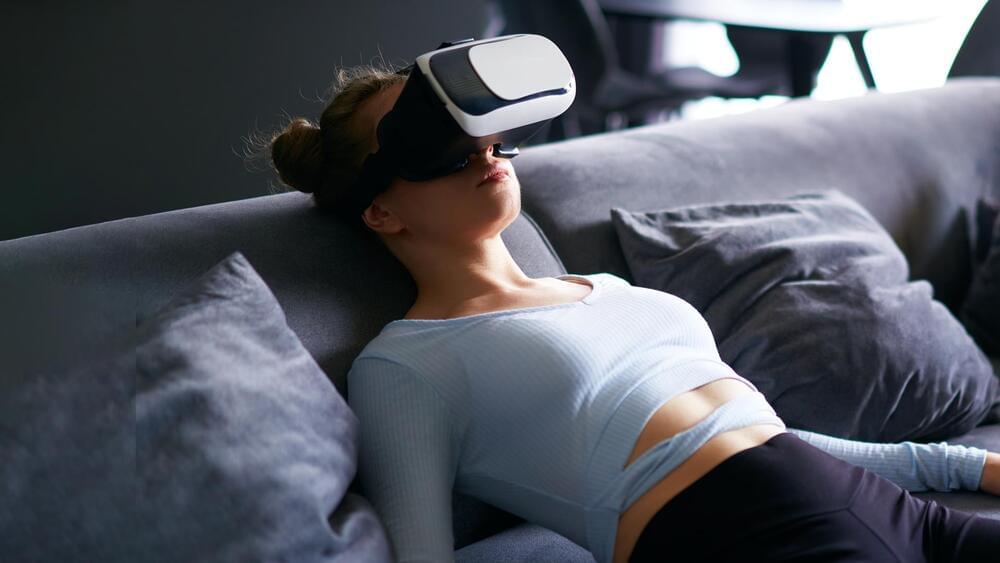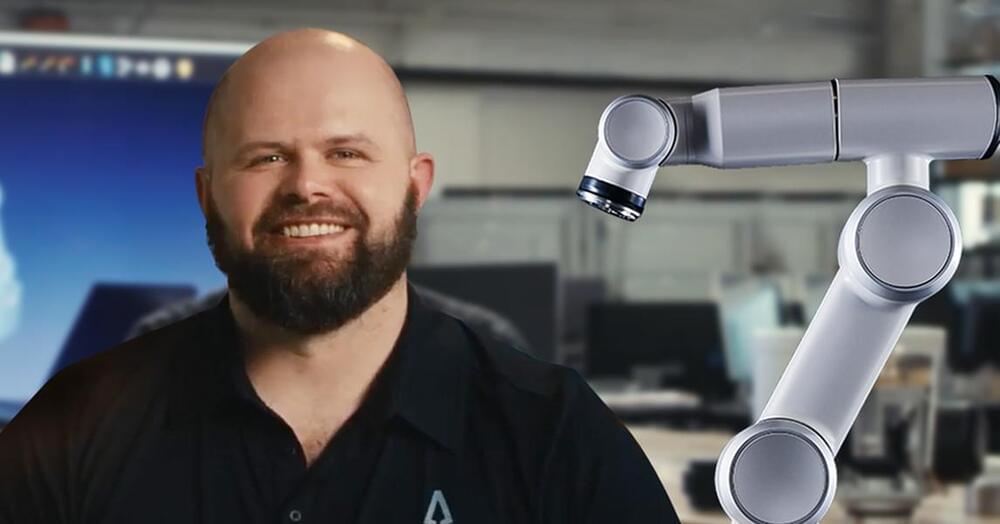No matter how good our measurement devices get, certain quantum properties always possess an inherent uncertainty. Can we figure out why?



AS man and machine get ever closer, the world of sex tech seems to get a little stranger.
We’ve rounded up some of the most bizarre sex tech inventions that are in the works, including an exoskeleton could let humans make love in the metaverse.
Humans may rely on exoskeletons to have realistic sex in the metaverse, one sex tech expert has revealed.
Some of Solar Orbiter’s instruments had to be turned off during the event.
There’s one spacecraft that will be very well placed to capture that increasing activity: Solar Orbiter is currently 25 percent of the way through its 10-year mission of observing the Sun. By 2025, it will be closer than ever to our parent star, and it has already started observing some fantastic phenomena from our Sun.
One of those spectacular phenomena happened recently during a gravity assist Solar Orbiter received from Venus. The Sun had a coronal mass ejection (CME) toward Venus and the Orbiter. It was almost like it was jealous that the satellite designed to study it was cozying up to another heavenly body.
Obviously, the Orbiter’s presence isn’t why the Sun decided to discharge toward the second planet. And ultimately, being hit by such an intense solar storm had no damaging impact on the probe, mainly because it was specifically designed to observe phenomena like the CME.

These 15 robots may demonstrate that the concept is viable.
Personal robots have been a common trope in sci-fi for many decades. Their apparent plausibility has made many sci-fi enthusiasts wonder when they may become a reality.
Some robots with personal robot-like features have been developed, but are they personal robots?
Would you like a robot to assist you in the house? Perhaps another for personal security? Well, you can’t help but notice that there appears to be a complete lack of them.
NanoStockk/iStock.

Have you ever looked at something and been creeped out by it’s almost, but not quite, human-like appearance? Be honest — does the Sophia robot creep you out?People find things that are human like, but not quite human, to be creepy. The feeling of creepiness can range from robots, to CGI animation, animatronics like you see at theme parks, dolls or even digital assistants. This concept is called the “uncanny valley”. And, believe it or not, is actually a particularly significant reason why many AI projects are failing.
The uncanny valley is the relationship between the degree of an object’s resemblance to being human and then humans emotional response to that object.
Why is AI so creepy sometimes?

Midjourney is one of the leading drivers of the emerging technology of using artificial intelligence (AI) to create visual imagery from text prompts. The San Francisco-based startup recently made news as the engine behind the artwork that won an award in a Colorado state fair competition, and that’s unlikely to be the last complicated issue that AI art will face in the coming years.
Midjourney differentiates from others in the space by emphasizing the painterly aesthetics in the images it produces.
Serial entrepreneur David Holz explains the goals and methods of the revolutionary text-to-image platform and his vision for the future of human imagination.

Earlier this summer, a piece generated by an AI text-to-image application won a prize in a state fair art competition, prying open a Pandora’s Box of issues about the encroachment of technology into the domain of human creativity and the nature of art itself.
Art professionals are increasingly concerned that text-to-image platforms will render hundreds of thousands of well-paid creative jobs obsolete.

Have you ever imagined “a robot couple fine dining with Eiffel Tower in the background”?

From assembly lines to warehouses, robots have been used to automate processes at work for decades. Today, the demand for automation is growing rapidly, but there’s one big problem: today’s robots are expensive to build and complicated to set up. They have complex hardware and need programming by skilled engineers to perform specific tasks. In order to meet demand in an increasingly automated world, robotic arms have to be more affordable, lighterweight, and easier to use.
Ally Robotics, a startup specializing in AI-powered robotic arms, is working on doing just that. Ally is ushering in a new era of robotics—and giving early investors a unique opportunity to join the golden age.